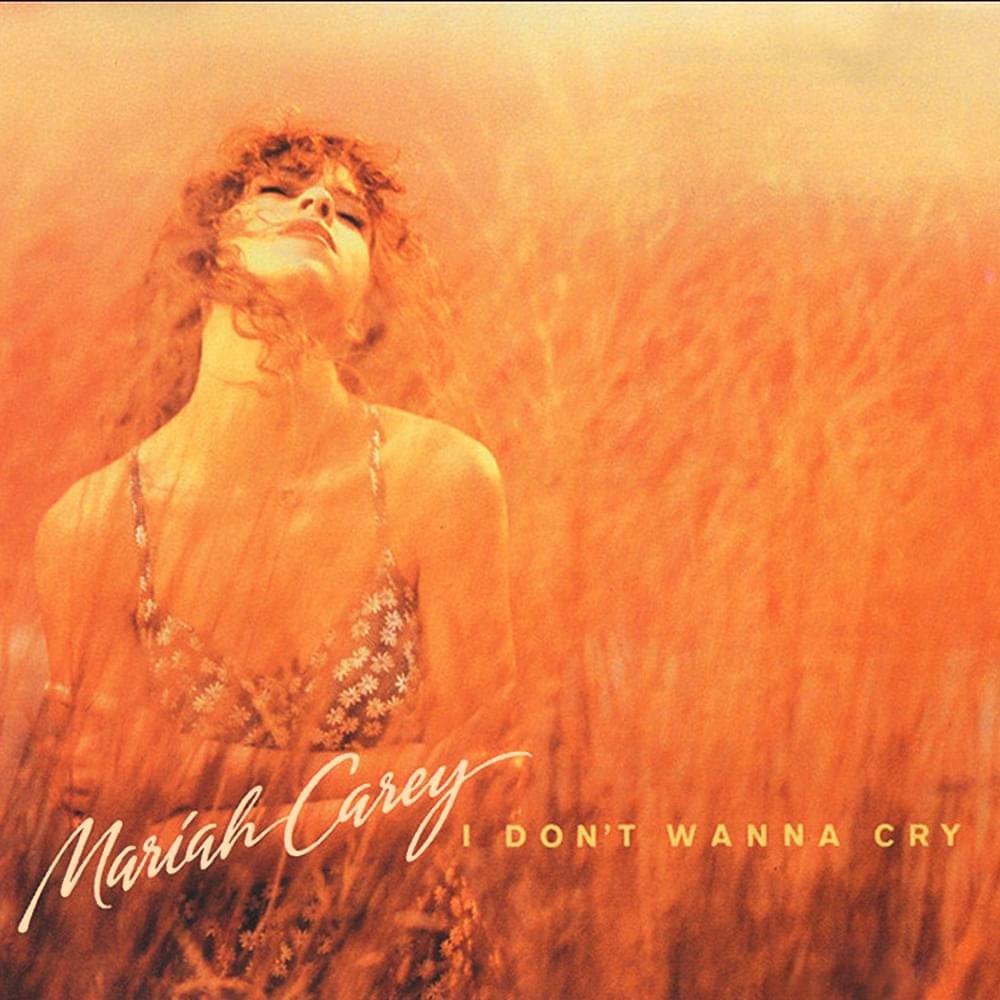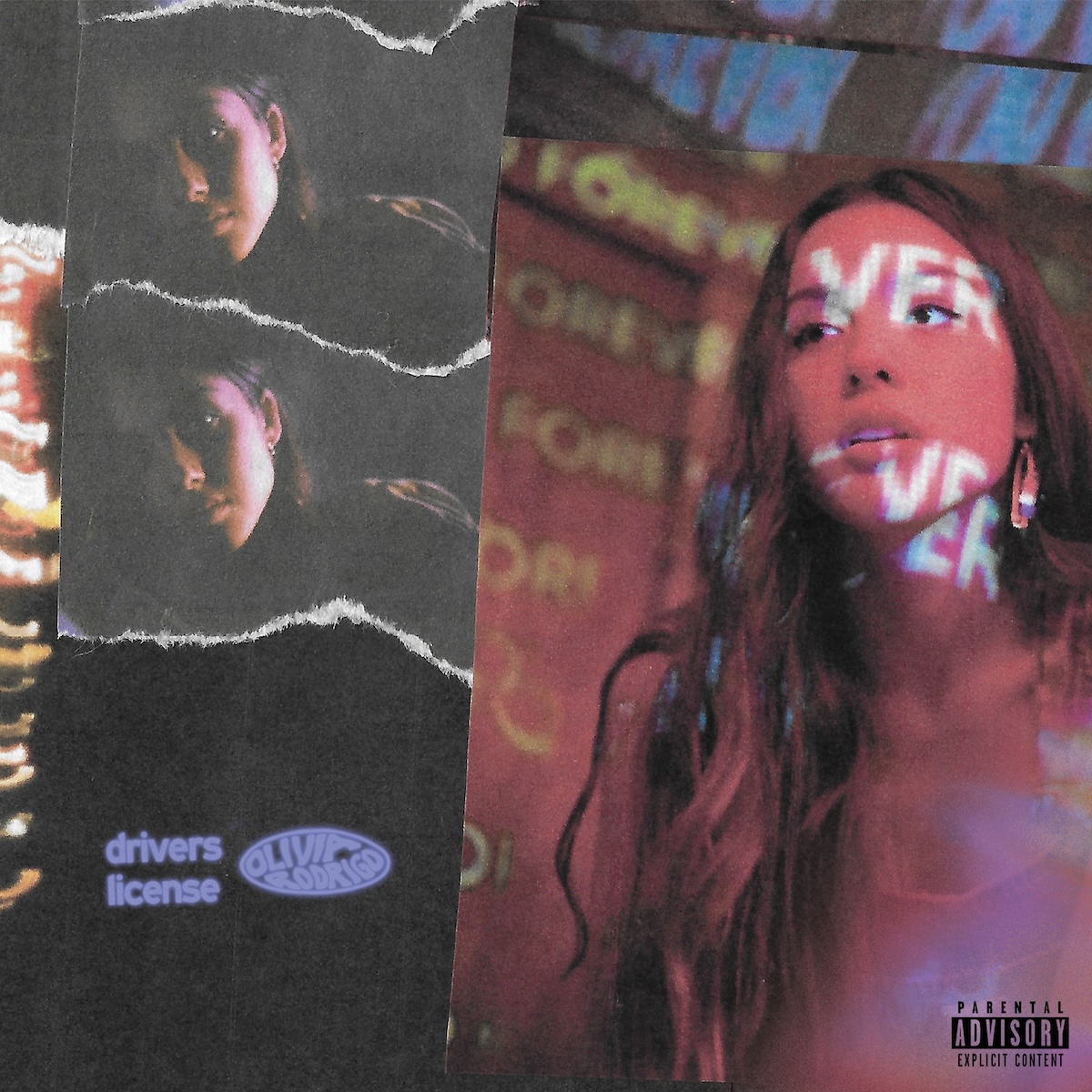May 25, 1991
- STAYED AT #1:2 Weeks
In The Number Ones, I'm reviewing every single #1 single in the history of the Billboard Hot 100, starting with the chart's beginning, in 1958, and working my way up into the present.
Mariah Carey's self-titled 1990 debut album spun off four singles, and all four of those singles vaulted all the way to the top of the Billboard Hot 100. In the entire history of the Hot 100, only one other act had gone to #1 with their first four singles, and that act was the Jackson 5. (The Jackson 5 never returned to #1 after that first four-single run, though lead singer Michael got back up there plenty more times.) During the Jackson 5's streak of chart-toppers, Mariah Carey was a baby. When "I Don't Wanna Cry," the last of those four Mariah Carey singles, reached the apex of the Hot 100, Mariah Carey entered rarified pop-chart air. She stayed there for a long, long time. She's arguably still there now.
When Carey released "I Don't Wanna Cry" as a single, her debut album was just starting off an 11-week run at the top of the Billboard album chart. Mariah Carey kicked Vanilla Ice's To The Extreme out of the top spot. When "I Don't Wanna Cry" reached #1, Mariah Carey was still sitting comfortably atop the album chart, and the LP had sold five million copies. It would eventually go platinum nine times over -- just short of the diamond mark Billboard later named Mariah Carey the biggest album of 1991. For just about anyone else, an album like that would be a vertiginous career peak. But two other Mariah Carey albums have gone diamond, so Mariah Carey is only Mariah Carey's third-biggest studio LP.
It's easy enough to see why Columbia released "I Don't Wanna Cry" as a single. The song was money in the bank. Columbia followed the Clive Davis/Whitney Houston playbook, presenting Carey as the most agreeable young singer imaginable. Like Houston before her, Carey sometimes sang uptempo dance-pop jams; "Someday" was her third chart-topper. But Sony mostly presented Carey as a singer of grand, operatic ballads. That strategy can pay huge commercial dividends; Adele seems to be doing pretty well with it right now. But with Mariah Carey, that image was a little misleading. As she'd prove in later years, Carey is at her best when singing bright, euphoric pop music, and her floor-fillers tend to linger a whole lot longer than her slow-dance joints.
Carey has never seemed especially fond of "I Don't Wanna Cry," and it's definitely the most generic of all the singles from that first album. Carey co-wrote "I Don't Wanna Cry," but the song wasn't really her idea. Instead, Columbia put her into the studio with Narada Michael Walden, a producer who was coming off a series of huge hits with Whitney Houston. Walden worked on three songs from that first album, and one of those songs was "Vision Of Love," Carey's debut single. Columbia clearly had faith in those Narada Michael Walden tracks; they're the first three songs on the album.
According to some reports, Carey wanted to co-produce "I Don't Wanna Cry" with Walden, and her label bosses shot her request down. Carey might've taken that slight personally. On later albums, Carey worked with Walden protege and "Love Takes Time" producer Walter Afanasieff, but she never recorded with Walden again. Ultimately, Walden produced nine #1 hits, starting with Whitney Houston's "How Will I Know" in 1986. That's a strong run! Unless he mounts some kind of unexpected pop comeback, this will be his last time in the column. Given how his tracks dominated the charts in the late '80s and early '90s, Narada Michael Walden's whole role in pop history probably doesn't get enough credit. These days, Walden is playing drums in Journey, which is weird to think about.
In Fred Bronson's Billboard Book Of Number 1 Hits, Walden says that he was in a songwriting session with Carey in New York and that he wanted to "slow the tempo down." Walden was hoping to come up with an old-school weeper, one of "those 'crying' kind of ballads." One example that Walden cited was Chuck Jackson's almost identically titled "I Don't Want To Cry," a 1961 single that peaked at #36. Another was Percy Sledge's "When A Man Loves A Woman." Apparently, a lot of early '90s pop musicians were thinking about "When A Man Loves A Woman," but we'll get to that in a later column.
"I Don't Wanna Cry" doesn't really sound like an old-school soul ballad, though. Instead, it's got early-'90s studio gloss all over it, from the quasi-Spanish guitar noodling on down. The production on "I Don't Wanna Cry" isn't as schmaltzy as the sound of the late-'80s adult-contempo ballads that were still lingering on the radio in 1991. Instead, its production is slick and largely electronic. Walter Afanasieff programmed drum machines, played keyboards, and did the nice little murmuring bassline. Narada Michael Walden played drums himself, and he always made sure that those drums really boomed, even on ballads like this one.
Carey sings "I Don't Wanna Cry" from the perspective of someone in a failing relationship. She and her significant other are distant and unhappy, but they haven't taken the final step of ending things. Carey's narrator is thinking about what she needs to do, building up the courage to do it. The lyrics are simple and direct and relatable, but I wouldn't go so far as to call them emotionally resonant. Instead, they're pretty elementary: "Once again, we sit in silence/ After all is said and done/ Only emptiness inside us/ Baby, look what we've become." As usual, Mariah Carey had the task of selling the song herself. She pulled it off, more or less.
As a song, "I Don't Wanna Cry" is pretty boring. It's a solidly professional piece of work, and it takes all the turns that you're expecting. Like so many other Mariah Carey songs, it's mostly constructed as a vehicle for an amazing singer. Carey's torchy vocal on "I Don't Wanna Cry" doesn't exactly convey roiling internal conflict; it's too smooth for that. But Carey does sing the hell out of the song. She stays in her lower register on the verses, almost purring, and then brings things up into a full-on howl on the choruses before half-whispering the word "cry." As with so many early Mariah Carey songs, the climactic moment is on the bridge, where Carey's voice surges upwards and even takes on just a hint of raspy grit, at least for a couple of syllables.
In the Bronson book, Narada Michael Walden says that Carey worked on her vocal with a tireless sense of perfectionism. When she wasn't satisfied with one particular part, she kept recording it again and again until Walden decreed that she'd nailed it. But Carey herself wasn't happy yet, and she kept coming back to that one part. Walden had to fly the song's master tape back to New York so that Carey could re-record that one part. She wanted to keep messing with the song, but Walden finally told her that she had to stop adding new stuff.
It's not like that "I Don't Wanna Cry" vocal was too much for Carey. Over the years, "I Don't Wanna Cry" hasn't exactly been a staple of Carey's live shows, but when she has sung it, she's been able to summon all those crazy notes with an almost alarming sense of ease. Among Carey fans, her 1996 performance of "I Don't Wanna Cry" at the Tokyo Dome is the stuff of legend. It might be better than the studio version. So maybe Carey just kept working on the song because she thought that she could make it more interesting if she somehow sang it better.
For Mariah Carey non-fans, melisma is a problem. Carey is a maximalist, and she'll sometimes stretch a single syllable out to 11 notes when one would've worked just fine. But that's also Carey's great gift. She can do things with her voice that nobody else would dare attempt. For me, that delicate but explosive power is never a deal-breaker. In the case of a track like "I Don't Wanna Cry," it's a saving grace. "I Don't Wanna Cry" would be stiflingly dull if Carey didn't oversing it. Ultimately, "I Don't Wanna Cry" is nowhere near Carey's best, but it's still worth hearing as a pure vocal showcase. When Carey gained more control over her career, she'd find better ways to show what she could do. In the meantime, though, she elevates "I Don't Wanna Cry," a track that nobody else could've sung as well.
Mariah Carey's insane unbroken streak of #1 hits did not end with "I Don't Wanna Cry." Carey wasted no time in recording a sophomore album. Before long, she hadn't just tied the Jackson 5's record; she'd broken it. We'll see Mariah Carey in this column again soon.
GRADE: 5/10
BONUS BEATS: On a 2008 American Idol episode that was dedicated entirely to Mariah Carey, Jason Castro, the stony white dreadhead guy who I kind of liked, attempted to turn "I Don't Wanna Cry" into smoothed-out coffeehouse fare. Carey herself barely bothered to hide her disdain, and Narada Michael Walden's current Journey bandmate Randy Jackson said it sounded like something he'd hear at "a weird beach luau." Here's that performance and all its surrounding malarky:






